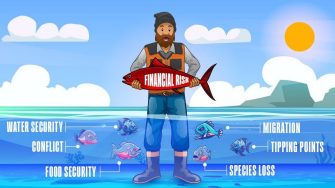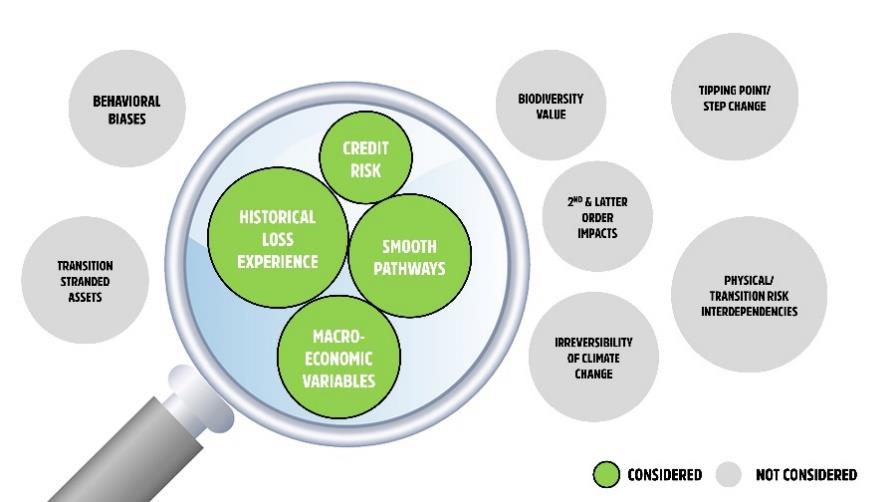Alex Pui is Adjunct Fellow, Climate Change Research Centre at the University of New South Wales (UNSW), and former RMIA Risk Leader of the Year. He is currently leading the Climate Analytics division at Commonwealth Bank of Australia. Previously as Head Sustainability and Nat Cat (APAC) with Swiss Re, Alex founded the award winning 'Climate Risk Solutions' service as well as the world's first parametric haze solution ("HazeShield", co-developed with Harvard University) to insure against smoke haze pollution from transboundary South East Asian haze from Indonesian forest fires. He holds a Bachelor of Law (LLB) and PhD in Applied Statistics (majoring in Climate Science) from UNSW.




